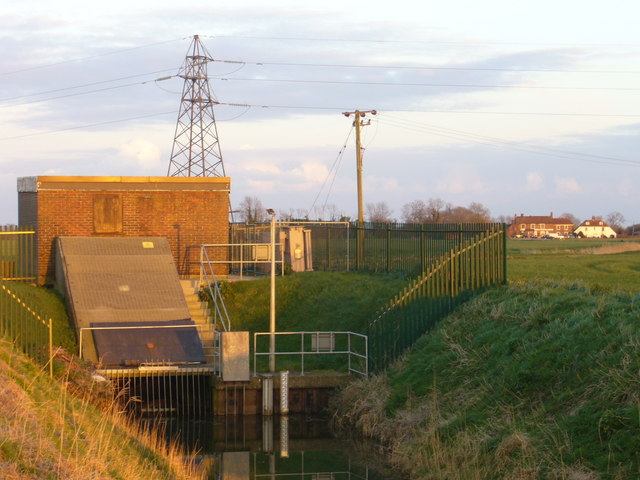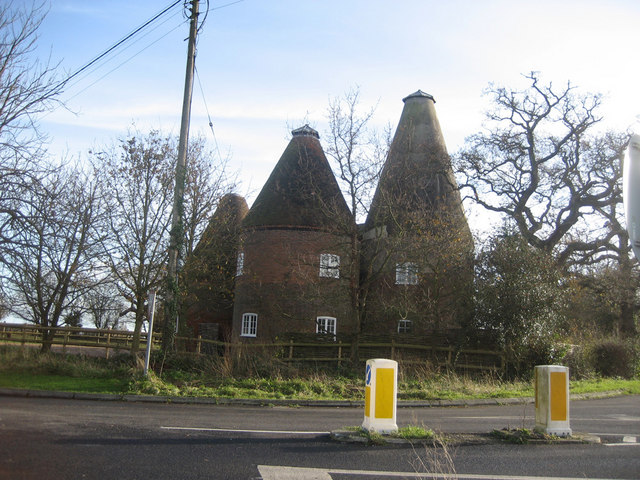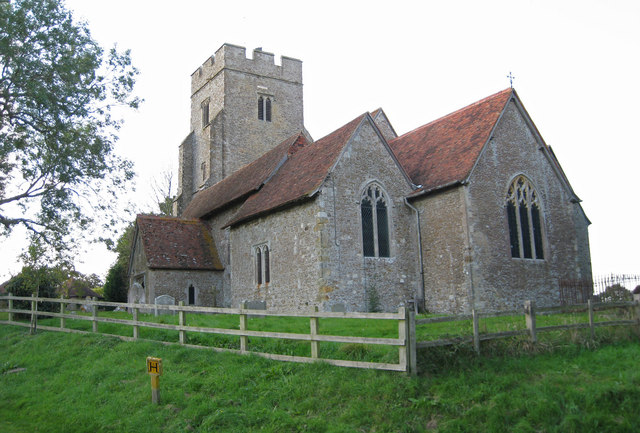Parliament Wood
Wood, Forest in Kent Ashford
England
Parliament Wood

Parliament Wood is a picturesque woodland located in the county of Kent, England. Situated near the village of Wrotham, this enchanting forest covers an area of approximately 52 acres. It is renowned for its stunning natural beauty and diverse range of wildlife.
The wood is predominantly composed of broadleaf trees, including oak, beech, and sweet chestnut, which create a dense canopy overhead, providing shade and shelter for the many species that call the forest home. The forest floor is adorned with a rich tapestry of colorful wildflowers, such as bluebells and primroses, which bloom during the spring months, creating a breathtaking carpet of vibrant hues.
Parliament Wood boasts several well-maintained walking trails and footpaths, allowing visitors to explore its serene surroundings at their own pace. These paths wind through the woodland, offering glimpses of sunlight filtering through the tree branches and the gentle rustle of leaves underfoot.
As a designated Site of Special Scientific Interest, Parliament Wood is not only a haven for nature enthusiasts but also serves as an important habitat for various wildlife species. Deer, badgers, foxes, and an array of bird species can often be spotted in the forest, adding to the sense of tranquility and natural harmony.
Whether you are seeking a peaceful stroll in nature, a chance to observe wildlife, or simply a moment of solitude away from the hustle and bustle of daily life, Parliament Wood in Kent is a perfect destination to immerse yourself in the beauty of the natural world.
If you have any feedback on the listing, please let us know in the comments section below.
Parliament Wood Images
Images are sourced within 2km of 51.015869/0.74601791 or Grid Reference TQ9227. Thanks to Geograph Open Source API. All images are credited.






Parliament Wood is located at Grid Ref: TQ9227 (Lat: 51.015869, Lng: 0.74601791)
Administrative County: Kent
District: Ashford
Police Authority: Kent
What 3 Words
///playfully.touchy.stickler. Near Stone, Kent
Nearby Locations
Related Wikis
Isle of Oxney
Isle of Oxney is an area in Kent, England, close to the boundary with East Sussex. Up to the 13th century, the island was part of the coastline bordering...
Stone-cum-Ebony
Stone-cum-Ebony is a large mostly rural and marshland civil parish centred 7 miles (11 km) SSW of Ashford in Kent, South East England. It includes the...
Ebony, Kent
Ebony is a hamlet south of Ashford in Kent, South East England, in the civil parish of Stone-cum-Ebony, on the Isle of Oxney in the Ashford district of...
Stone in Oxney
Stone in Oxney is a village in the civil parish of Stone-cum-Ebony, in the Ashford district, in the county of Kent, England. It is south of Ashford, near...
Nearby Amenities
Located within 500m of 51.015869,0.74601791Have you been to Parliament Wood?
Leave your review of Parliament Wood below (or comments, questions and feedback).














